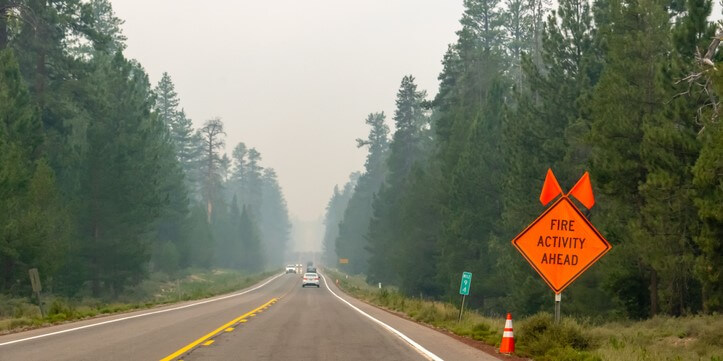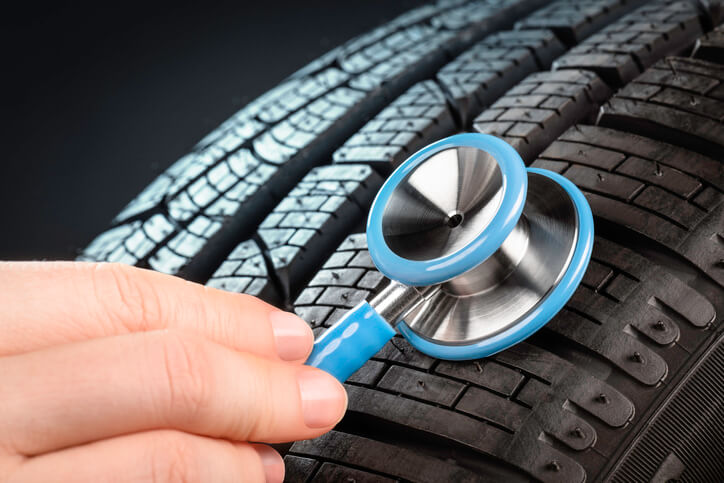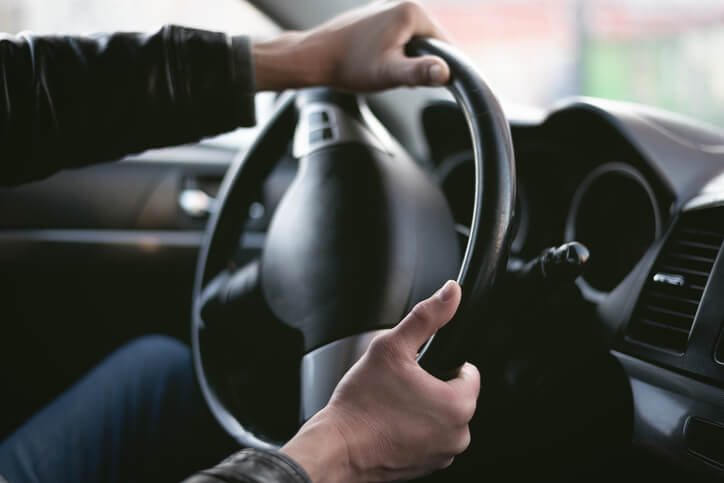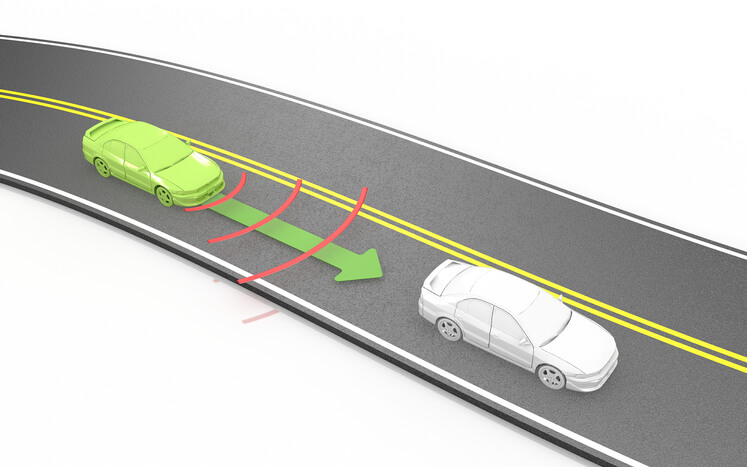Let it Rain
- Light it up: Rain reduces visibility. Even if it’s the middle of the day, you should always activate your headlights when it’s raining. Note that this does not apply to your high beam lights, those will only cause more visual distortion by potentially reflecting off wet surfaces or rainwater.
- Slow and steady: You’re probably familiar with the 3-second rule for a safe following distance. Wet roads reduce your traction and increase the time it will take to bring your vehicle to a stop. To improve control and reduce the likelihood of a collision, slow down and leave more space between you and the vehicle in front of you.
- Ride check: While it’s always a good idea to examine the condition of the critical components of your vehicle before you head out, it’s extra important if you expect to hit bad weather. A bald tire or poorly functioning windshield wiper could mean the difference between getting back safely or getting into a collision.
- Oily issues: While we’re talking about rain’s impact on traction, you need to be aware of a unique phenomenon at the beginning of a storm. This time window is extra dangerous as rainwater mixes with the fluids found on road surfaces. Think fuel, oil, and transmission fluid residue. When these mix with water, it forms an even slicker surface than water alone, so be extra careful right after it starts raining before the storm can wash some of this residue away.
- Cruisin’ for a bruisin’: Cruise control is an excellent tool for long drives in optimal conditions, but you should never use it while it’s raining. Seriously. Just don’t. Even if you’re on a long trip on an isolated, straight highway, it’s not worth the potential loss of control. You’ll thank me later.
- A gentle touch: With the loss of traction you’ll experience, it’s also critical to make all control movements as gently as possible. Don’t change lanes with an aggressive pull on the steering wheel, do it in a slow, fluid manner. The same is true for braking, accelerating, and every other maneuver you’ll make.
- Handle the hydroplane: Keep in mind that the rest of these tips will hopefully keep you from hydroplaning, the state you’re in when your vehicle is suspended off the road surface by a layer of water. Drive enough in the rain, however, and you might eventually find yourself in this situation. If you do, stay calm, do NOT slam on the brakes, and steer into the direction of the skid.
- Standing problem: Everyone likes to make a splash but steering your vehicle into standing or flowing water is incredibly dangerous. As little as 3 inches of water can make you likely to lose control of your vehicle, and if water gets into your engine, you’ll feel it when the time comes to make repairs. Remember that water tends to drain and pool to the sides of the road, so try to keep high and dry by staying toward the center lanes.
- On the road: This one seems obvious, but don’t leave the roadway in a rainstorm. You could easily find yourself stuck in the mud or, worse yet, submerged in collected water you couldn’t accurately judge.
- Wait it out: If it’s raining or looks like it might, you always have the option of delaying your trip. This strategy won’t always be practical. Sometimes you have to be somewhere, but ask yourself if the ride can wait before heading out into inclement weather. If you’re already on the road when a storm strikes, consider pulling over in a safe place and waiting it out if you feel unsafe.
While these tips will help you safely navigate even the most torrential rainstorms, there’s no substitute for a little common sense. Check the weather, make sure your vehicle is adequately maintained, drive safely, and you’ll feel confident knowing that you’ve always got these pearls of wisdom tucked away for a rainy day.


















